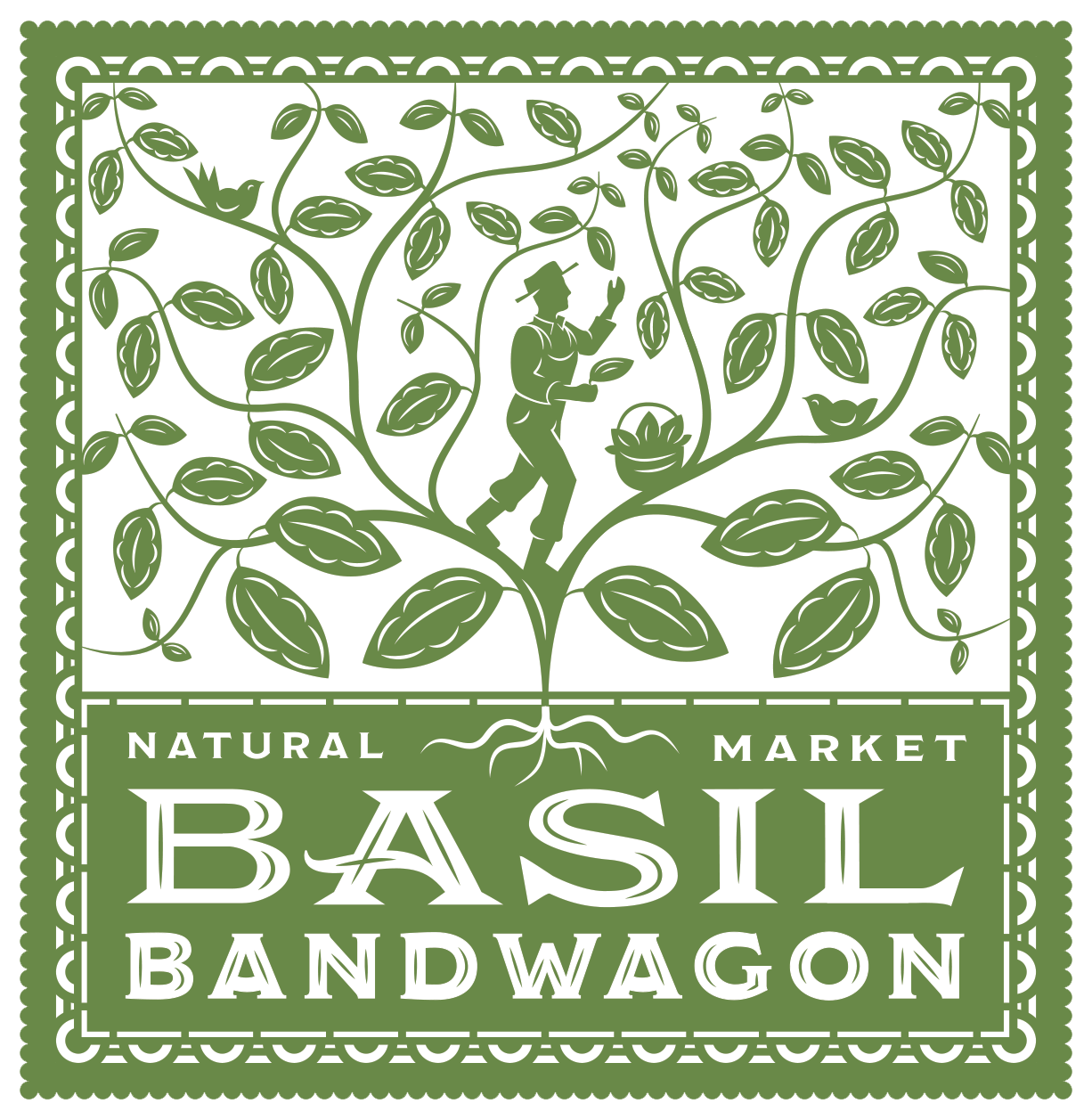
01 Sep Alternative therapies 101
Alternative therapies 101
Discover optimal well-being
We’re at a pivotal time in the wellness world. As we gain greater consciousness of our physical, mental, emotional, and spiritual needs, many of us are embracing alternative lifestyle practices, healing modalities, and technologies.
Growing evidence shows the benefit of alternative therapies. As a naturopathic doctor, I’ve seen the remarkable changes that can occur when someone gets the right support at the right time. In some cases, people might have great nutrition, supplements, and stress management in place, but they don’t see the progress they’d like to. In my clinical practice, I’ve observed how incorporating some of the following alternative therapies can catalyze the healing response and facilitate significant change in how a person feels.
Start with the therapy that intrigues you, is available to you, and is within your budget. For advice on incorporating alternative therapies alongside your medical care, chat with your health care practitioner.
Hydrotherapy is the therapeutic application of water. Hydrotherapy spas allow you to circulate among hot, warm, and cold pools to reduce inflammation, enhance the immune system, and promote relaxation.
Balneotherapy is a type of hydrotherapy that uses mineral-rich, gaseous water (such as a natural spring), paired with mud applications. Research strongly supports using balneotherapy for osteoarthritis, as well as cardiovascular, digestive, respiratory, neurological, hormonal, dermatological, and stress-related conditions.
Sauna use, whether wet, dry, or infrared, is associated with reduced morbidity and mortality and increased “healthspan.” Frequent sauna use may protect against cardiovascular and neurodegenerative disease, as well as age-related loss of muscle mass.
Massage therapy involves the manual manipulation of the soft tissues. Many people find massage to be relaxing for the body and mind. Massage therapy may reduce shoulder pain and knee pain, and promote function among those with low back pain.
Reflexology involves the application of pressure to specific locations on the feet, hands, and ears. Reflexology may be effective for constipation; sleep disturbances; infantile colic; and pain, anxiety, and depression among cancer patients.
Acupuncture is a traditional Chinese medicine (TCM) practice, involving the insertion of hair-thin needles along specific locations on the body. Research abounds for the use of acupuncture for several conditions, including postpartum depression, insomnia, and tinnitus. Acupuncture also enhances overall well-being by increasing parasympathetic tone, which promotes relaxation, digestion, and repair.
Meditation has been shown to reduce pain, depression, and anxiety, while improving memory, cognitive function, and quality of life. Meditation is associated with having longer telomeres (the caps at the end of chromosomes), which are biomarkers associated with improved health and longevity.
Biofeedback is a technology designed to enhance the mind-body connection. Electrodes are applied to measure either skin temperature, brain activity, or muscle tension and show real-time physiological data about the efficacy of relaxation techniques. Research supports the use of biofeedback for constipation, headaches, hypertension, TMJ disorder, and ADHD.
By Dr. Cassie Irwin, ND
Article Courtesy of Alive Magazine



